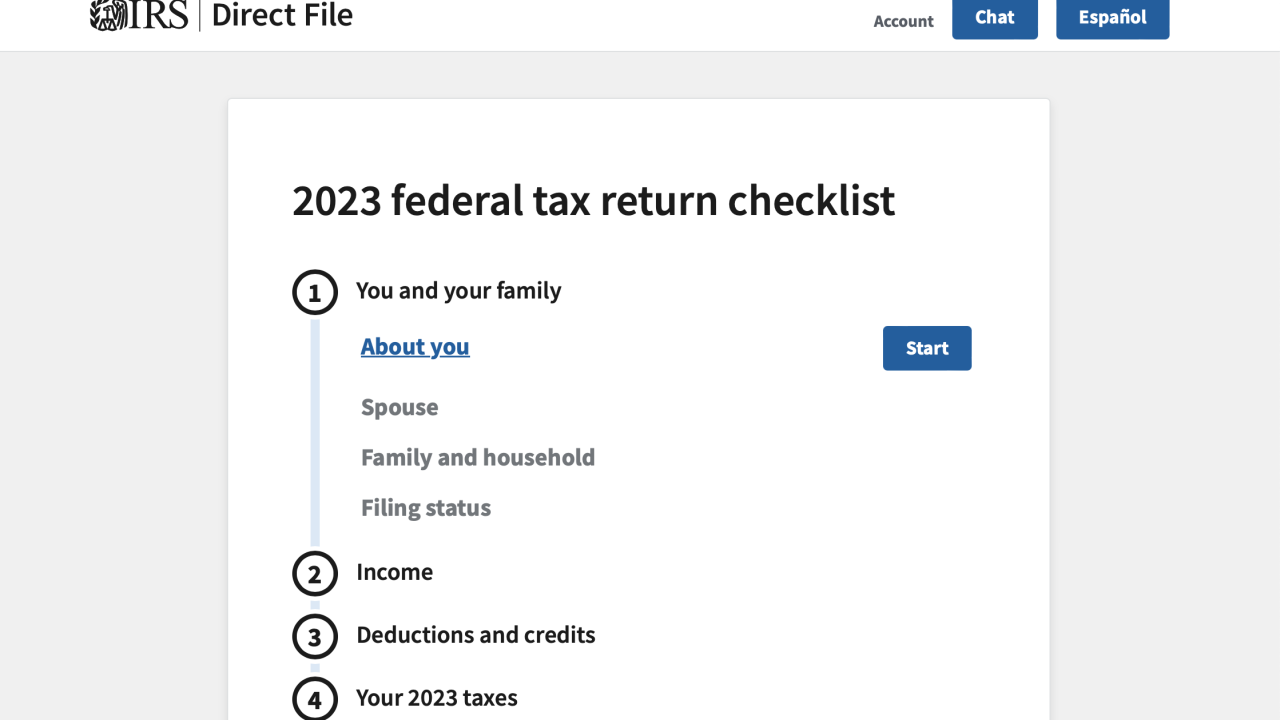Norwalk, Conn.-The Financial Accounting StandardsBoard and the International Accounting Standards Board reached some tentative decisions on how to revise fair value accounting standards.
The two boards committed late last year to meet on a monthly basis - both in person and via video conference - to resolve some of the thornier issues holding up convergence of International Financial Reporting Standards and U.S. GAAP, with the goal of completing most of their work by June 2011.
Fair value and mark-to-market accounting have been among the most controversial issues the two boards have dealt with, especially when both standard-setters came under political pressure last year to revise their standards in response to the financial crisis. Last month, the two boards tentatively agreed to define fair value as an exit price, along with other issues.
The boards tentatively decided that a fair value measurement of a nonfinancial asset considers its highest and best use by market participants. They also decided not to require entities to separate the fair value of an asset group into two components when an entity uses an asset in a way that differs from its highest and best use. In addition, they plan to require entities to disclose information about when they use a nonfinancial asset in a way that differs from its highest and best use (and that asset is recognized at fair value based on its highest and best use).
The accounting bodies also tentatively decided that the objective of a fair value measurement of an individual asset is to determine the price for a sale of that asset alone, not for a sale of that asset as part of a group of assets or business. However, when the highest and best use of an asset is to be used as part of a group of assets, the fair value measurement of that asset presumes that the sale is to a market participant that has, or can obtain, the "complementary assets" and "complementary liabilities." Complementary liabilities include working capital but do not include financing liabilities.
The standard-setters also discussed measuring the fair value of financial instruments, one of the most controversial topics they have been dealing with, as banks have called for easing the rules governing the valuation of assets in illiquid markets, particularly assets that were difficult to sell during the financial crisis, such as mortgage-backed securities.





